Current post: CKCIS>>Entry Level
CKCIS Entry Level
Preface
Chinese computerization has long been the aspiration of Mr. C. K. Chow, the developer of the CKC Chinese Input System. This input method adopts the 10 numerals to encode Chinese characters and phrases, finally makes this dream come true. During the last 12 years, CKCIS has been extensively introduced to different levels of schools in China.
Stroke
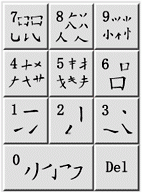 |
Basic Encoding Rules: CKC Chinese Input method is a type of appearancebased coding system. The strokes and the features of the Chinese character components are classified into 10 groups, represented by 10 numbers 0 through 9. For easy memorization, users can use the following rhyme to remember the relationship between character strokes and their respective codes: 一横二竖三点捺, |
Character
CKC encodes a Chinese character according to the stroke features of its 4 corners. The sequence is upper left corner, upper right corner, lower left corner and lower right corner (following the shape of the alphabet “Z”) respectively. For example:
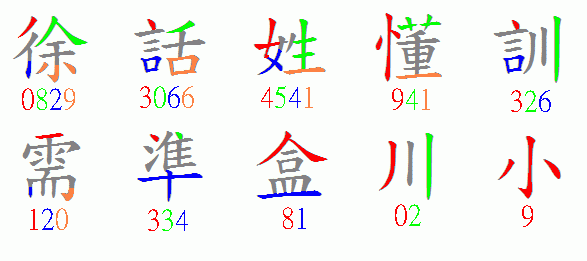
Phrase
One of the major features of CKC Input Method is the phrase input which improves the input speed substantially. The rules are as below:
2-character phrase: Take the first 3 codes of each character, e.g.
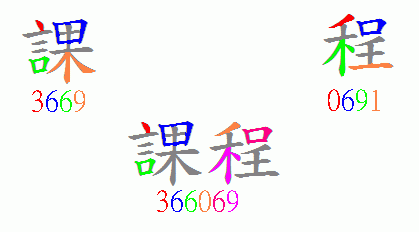
3-character phrase: Take the first 2 codes of each character, e.g.
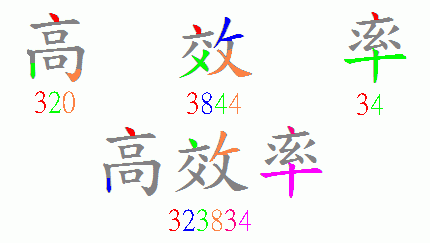
4-character phrase: Take the first 2 codes of the 1st character. Then take the first code of the 2nd and 3rd characters. Finally take the first 2 codes of the 4th character, e.g.
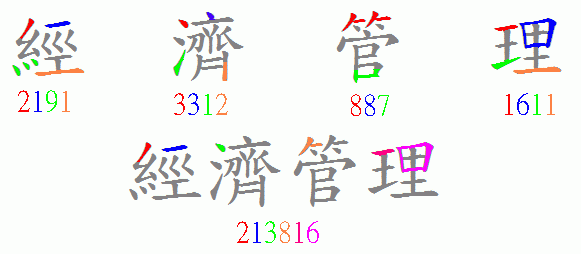
Multi-character phras: Take the first 2 codes of the 1st character. Then take the first code of the 2nd, 3rd, 4th and 5th characters. The rest can be ignored, e.g.
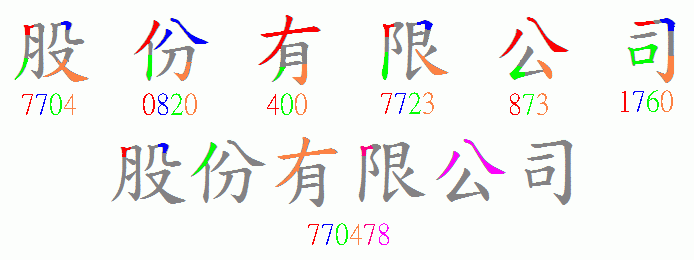
Instant Code
CKC compiles the first code or the first 2 codes of the frequently used characters / phrases into the Instant Code, to make your input even faster. The table below gives users an example of the Instant Code of some characters and phrases.
Description of Numpad Functions
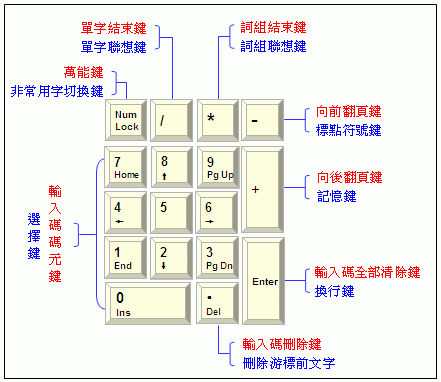
☆☆☆☆For details, please refer to CKC Materials.☆☆☆☆